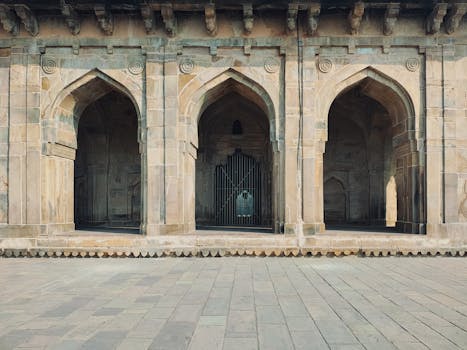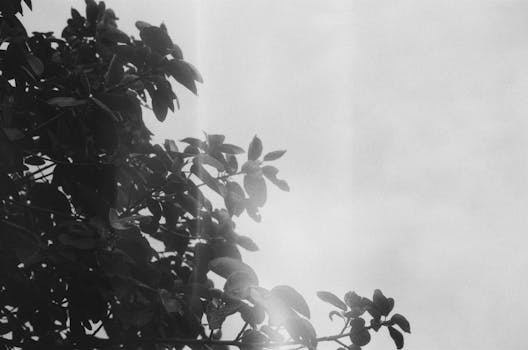
Mixing textures and patterns is an art that can transform your space and style into something dynamic and engaging. Whether in interior design or fashion, the right combination can elevate your aesthetic, making it more interesting and visually appealing. In this article, we will explore how to effectively mix textures and patterns for a dynamic look.
Understanding Textures and Patterns

Before diving into the mixing process, it’s essential to understand what textures and patterns are. Textures refer to the surface quality of materials, which can be rough, smooth, soft, or hard. Patterns are repeated decorative designs, such as stripes, florals, or geometric shapes. Combining these elements can create depth and interest.
The Importance of Balance

When mixing textures and patterns, balance is key. Aim for a harmonious look by pairing bold patterns with subtle textures. For instance, a vibrant floral print can be balanced with a soft, solid fabric in a neutral tone. This approach prevents overwhelming the space or outfit and creates a more cohesive appearance.
Color Coordination

Color plays a crucial role in mixing textures and patterns. Stick to a cohesive color palette to ensure that the different elements complement each other. For example, if you choose a patterned throw pillow, select textures in similar hues or shades. This method creates a unified look while allowing for variety in material and design.
Layering Techniques

Layering is a powerful technique in both interior design and fashion. In home decor, consider layering rugs, throws, and cushions with different textures and patterns. In fashion, layer clothing items with varying prints and fabrics, such as a patterned blouse under a textured jacket. This technique adds dimension and personality to your style.
Mixing Styles

Don’t be afraid to mix different styles when combining textures and patterns. A modern geometric pattern can beautifully contrast with a vintage floral design. This juxtaposition creates a dynamic look that reflects your unique taste. Just ensure that the elements you choose share a common thread, such as color or form, to maintain cohesion.
Conclusion

Mastering the art of mixing textures and patterns opens up a world of creative possibilities. By understanding the importance of balance, color coordination, layering techniques, and mixing styles, you can achieve a dynamic look that is both engaging and stylish. Embrace your creativity, experiment with different combinations, and let your personality shine through your choices.






